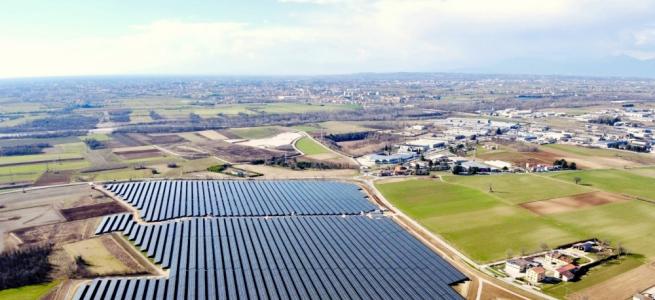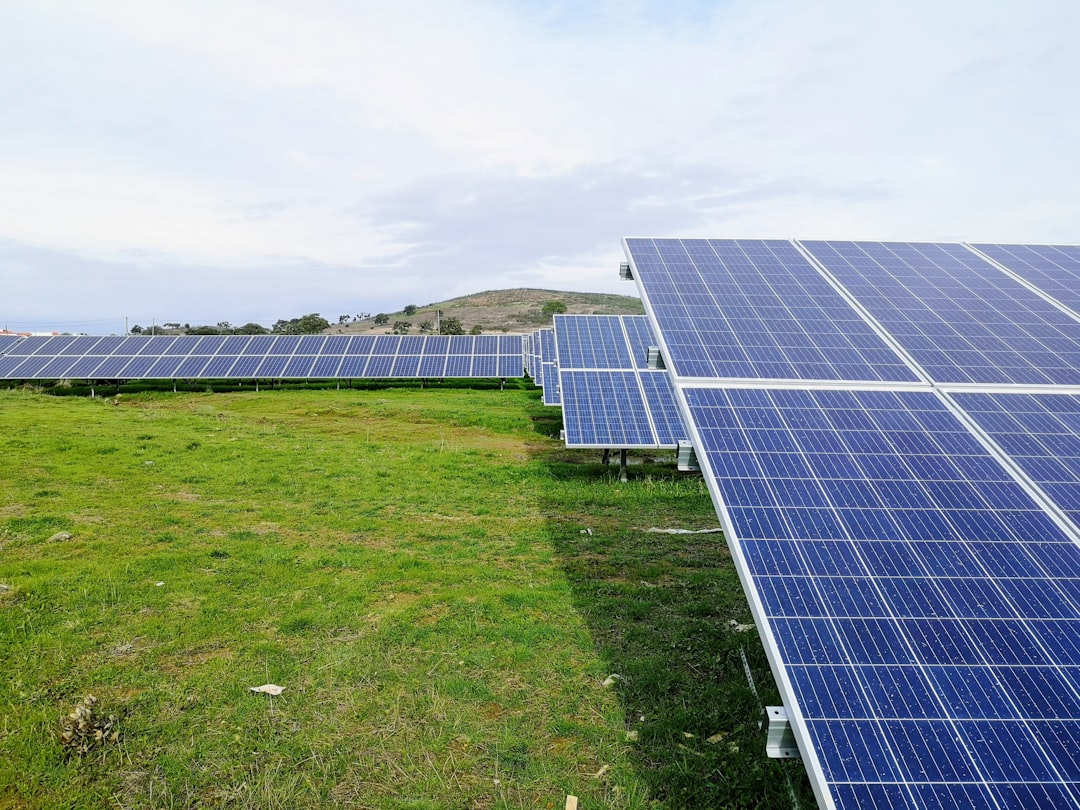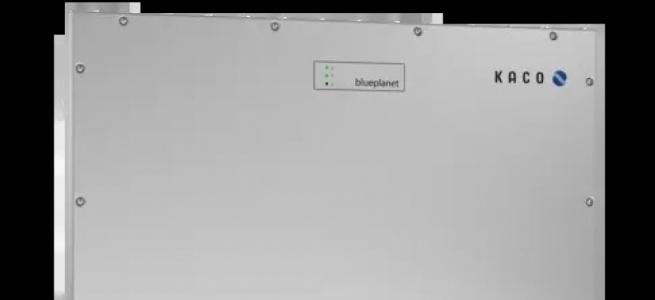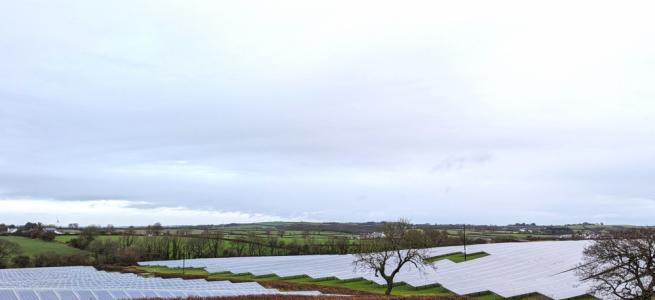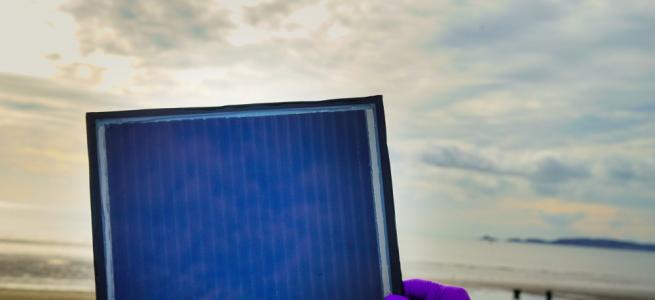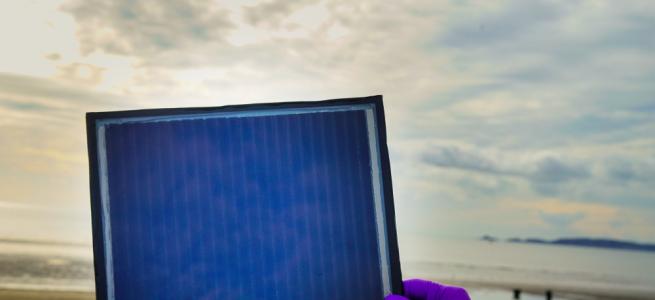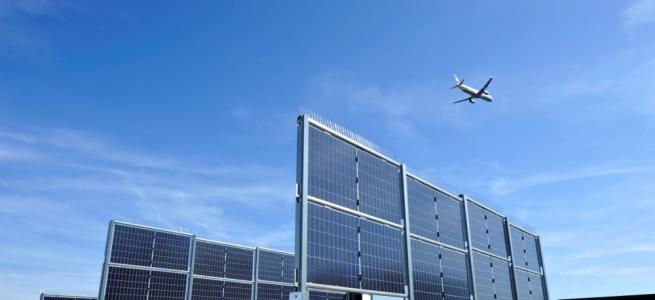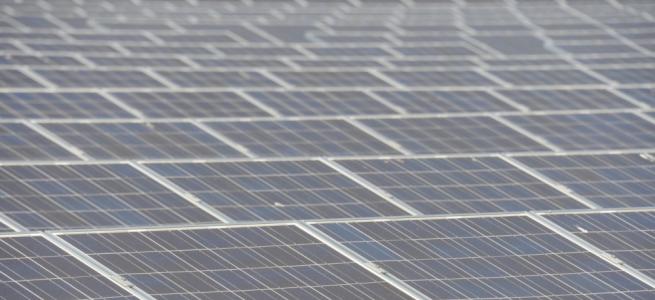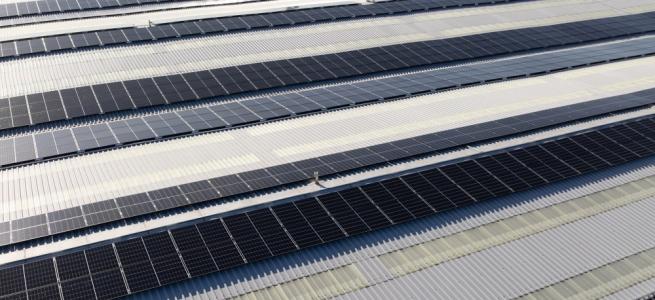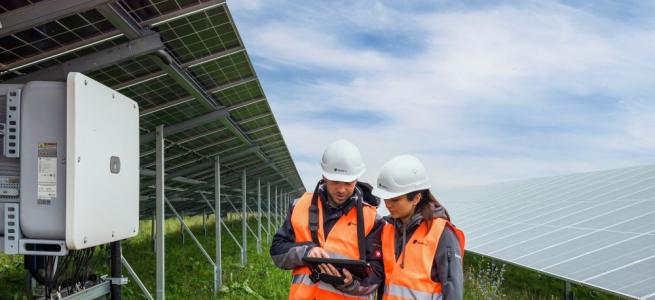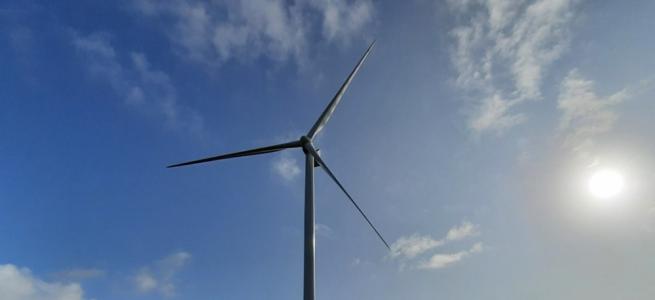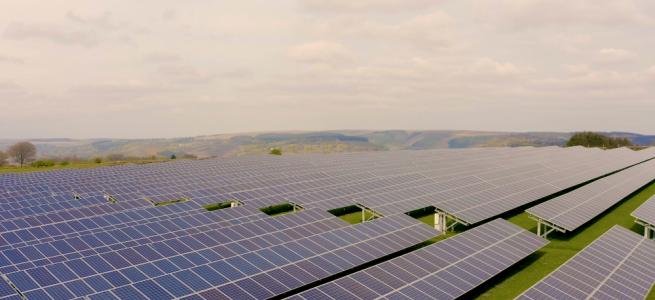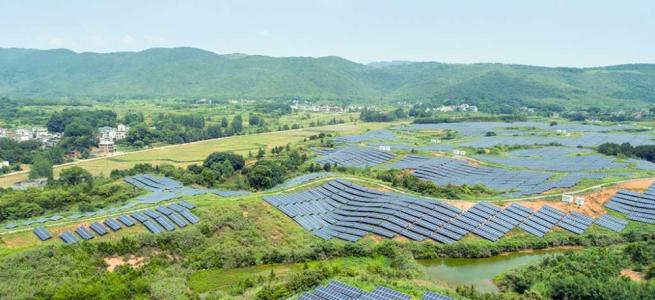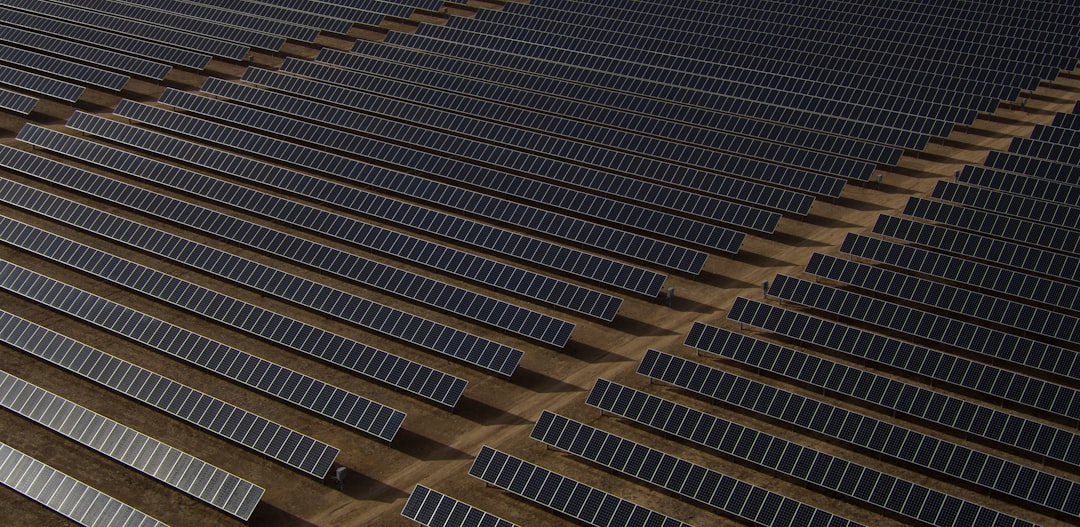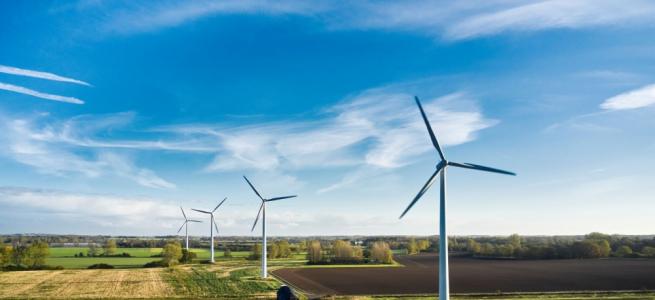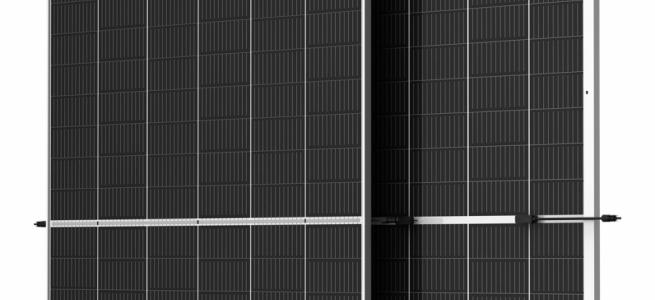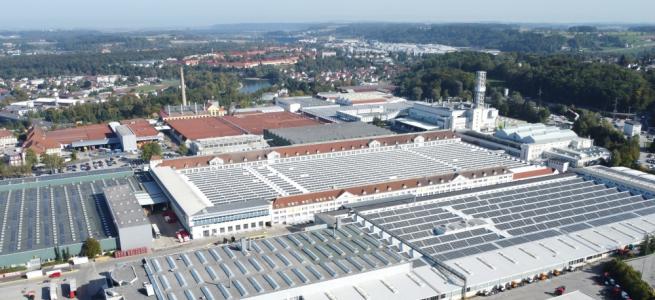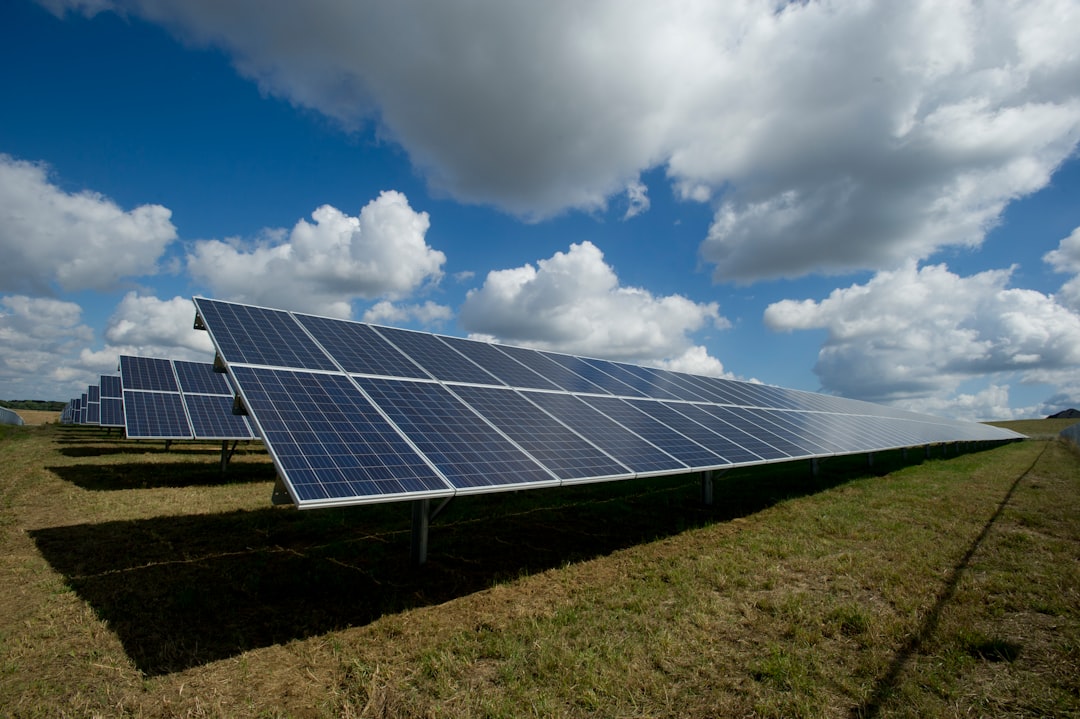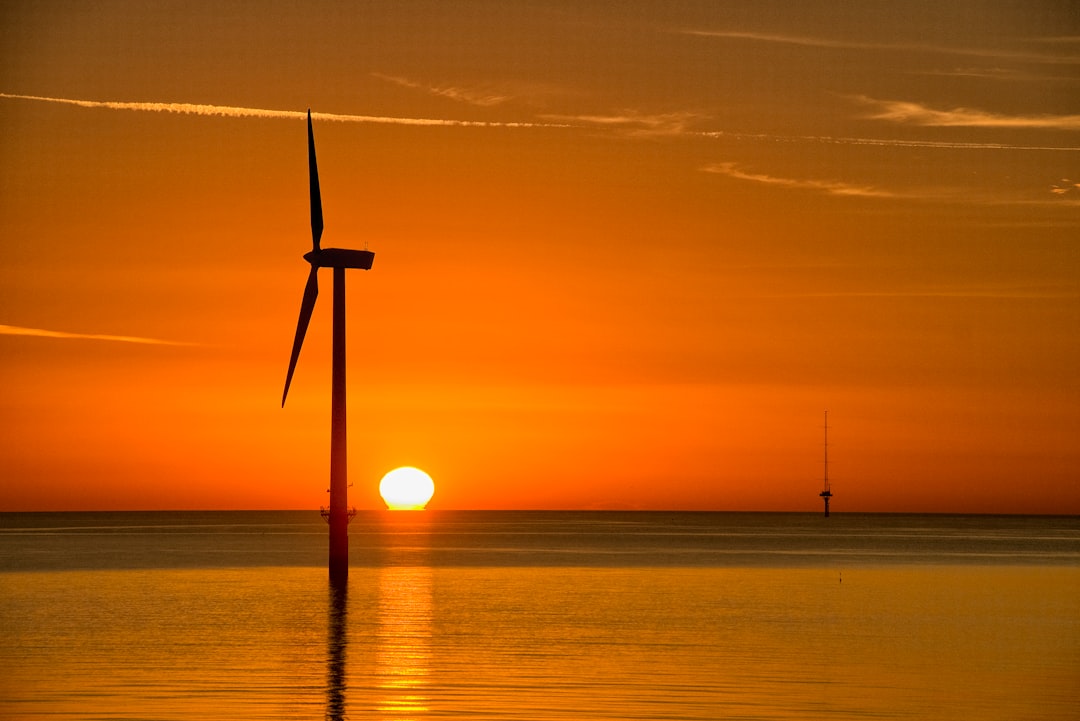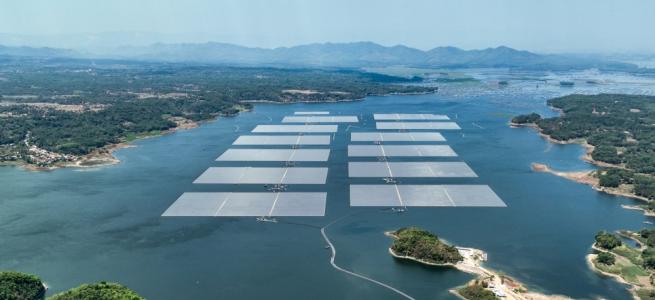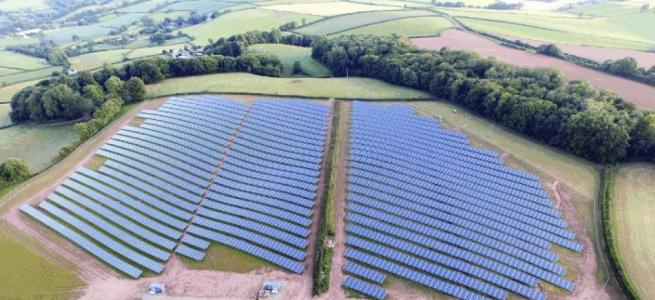IEA reports on German energy progress
In a review of German energy policies the International Energy Agency (IEA) commended Germany for its commitment to developing a low-carbon energy system over the long term, in particular its comprehensive energy strategy, ambitious renewable energy targets and plans to reduce energy consumption. The report noted that Germany has successfully implemented a broad suite of robust energy policies across all sectors notably in energy efficiency and climate change.
Nonetheless, the scale of Germany's energy policy ambitions, coupled with the size and energy intensity of its economy, and its location at the heart of Europe's energy system, mean that further policy measures are necessary if the country's ambitious energy transformation, or Energiewende, is to maintain a balance between sustainability, affordability and competitiveness.
Who pays and for what?
To date, German consumers have absorbed the costs of the Energiewende, but the debate over the social and economic impacts of the Renewable Energy Sources Act (EEG) has become more prominent as the share of renewable energy has continued to grow alongside rising electricity prices.
"The fact that German electricity prices are among the highest in Europe, despite relatively low wholesale prices, must serve as a warning signal," said IEA Executive Director Maria van der Hoeven as she presented the report, Energy Policies of IEA Countries "“ Germany 2013 Review.
Electricity from renewable sources, has expanded dramatically thanks to the support of feed-in tariffs established by the EEG. This policy tool has been successful in bringing costs down. Conversely, the federal government has been less successful in managing the volume of new capacity. The rapid, uncontrolled deployment of PV has become a major policy concern and represents a significant cost for consumers.
Germany's PV growth in 2010 & 2011 was largely driven by cost decreases in the Chinese market and policy changes in other countries. In 2011, together with Italy, Germany accounted for nearly 60% of global market growth! In both 2010 and 2011, the amount of capacity installed in Germany was more than double the forecast in the National Renewable Action Plan. Germany reacted to an over supply of energy and quickly reformed the feed-in tariff regime. Lessons have been learned but the IEA cautions that further growth must happen in a controlled manner and in parallel with grid developments and investments in distribution networks as well as the new smart grid.
The federal government has reformed and refined the EEG on a number of occasions in an effort to reduce its costs: for example by introducing flexibility and market premiums, tariff reductions and a cap on eligibility. The report warns the federal government they must continue to explore and implement mechanisms that reduce the cost of new incremental capacity and bring new additions closer to market requirements.
Long term commitments
Despite the cautions the IEA praised the fact that energy policy is based on long-term investment decisions, and the framework conditions in Germany for a policy consensus in favour of large-scale deployment of renewables have never been better.
Van der Hoeven added, "The German government should maintain its policy course based on a predictable and stable regulatory framework while actively seeking means to reduce the costs. Sudden changes can undermine investor confidence and will drive up costs in the long term: Any form of retroactive tariff cuts "“ even if applied for only a short period "“ must be avoided."
The report suggests there is a need to develop suitable mechanisms to manage the cost of incremental renewable energy capacity via cost-effective market-based approaches, which will support the forecast growth of variable renewable electricity generation and brings new capacity closer to market needs, supports investments in appropriate locations and complements planned network expansion.
Large investments are needed in order to keep pace with the unpredictable growth of renewable capacity, notably solar PV and wind power. The expansion of the transmission and distribution networks is the most important means of transforming energy supply away from nuclear power and coal towards greater levels of renewable energy.
Changes to the German Energy Act and the introduction of the Network Expansion Acceleration Act represent significant steps forward. The report praises the ten-year network development plans that have been published and should deliver greater investment in network expansion in a coordinated manner. Nonetheless significant challenges remain, not least managing the costs, estimated to be up to EUR 70 billion.
Germany must also develop structural co-operation at regional level, and within existing European mechanisms, in order to enhance security of supply at reasonable cost, especially under extreme weather conditions or periods of prolonged high demand. Furthermore, decisions on German energy policy inevitably have an impact far beyond the country's borders and should be considered within the context of a broader European energy policy framework and in close consultations with its neighbours.
Report recomendations
Among the key recommendations, the report calls for:
ï‚£The development of suitable mechanisms to manage the cost of incremental renewable energy capacity via cost-effective market-based approaches, which will bring new renewable capacity closer to market needs, support investments in appropriate locations and complement planned network expansion;
ï‚£Measures to ensure that the costs of the Energiewende are minimised and allocated fairly and equitably across customer groups, including households and small businesses, producers of renewable energy and energy-intensive industry and limit the growth of the Renewable Energy Sources Act surcharge attributable to the deployment of additional renewable energy capacities, while drawing all benefits from the rapid decrease in technology costs that has occurred;
ï‚£Timely and cost-efficient investment in transmission and distribution networks and a regulatory system that provides sufficient financial incentives and investment security for mobilising the necessary investments in distribution;
ï‚£ An assessment, in co-ordination with all relevant stakeholders, of the extent to which the present electricity market arrangements en able the financing of economically viable investments in new, flexible gas-fired generation and cost-effective electricity storage. Part of this assessment must examine the suitability of capacity markets as a transitional measure to support the adjustment to a post-nuclear power system.
© 2013 Angel Business Communications.


